The 6-Step Nonprofit Video Strategy Framework (Before You Hit Record)
Where do I start?
After helping nonprofits raise millions through strategic video, I've seen the same mistake repeatedly: organizations create one generic video and expect it to work everywhere. What happens is that it doesn’t work well anywhere and you miss out on key opportunities to gain more support and funding. Here's the 6-step framework I use with Emmy-winning results.
WHO, WHAT, WHEN, WHERE, WHY, and HOW- you need to be able to answer all of these questions. It may seem simple, but you need to take your time with this. You’ll find that answering one question may be in conflict with answering another question. The order doesn’t necessarily matter, but they all need to be addressed. I suggest starting with WHO.
1) Who
Your target audience. You may start with who and say ‘everyone who wants to give’. That simply doesn’t work. This applies not just to video, but any marketing material you create. You need to be specific. For example: we want to reach donors who are giving for the first time. That is very different from talking to large funders or those wanting to leave a legacy gift.
2) What
What is the purpose of the video. This is tied closely to the WHO, but goes even deeper. Not only are we talking to first- time donors, we want them to do something. That may be give $10 a month or volunteer. As tempting as it may be to have a video do multiple things, it really has to focus on one thing. That’s also why you may need to create multiple videos (more on that in another post).
3) When
What is the timeline for creating your videos? You need to make sure your expectations are realistic. I recommend starting the process at least 3 months in advance of when you need the video completed. This ensures you have ample time to plan and get the most out of your production. People have busy schedules and unexpected challenges will occur. Editing takes longer than you’d expect. You’ll be thankful you didn’t rush anything. You can make do on a shorter timeline, but it may mean more stress and most likely an inferior end product.
4) Where
I recommend thinking big here. You may want to post to your website or social media, but that won’t necessarily get you the biggest impact. Instead, start with an event, presentation or any other in-person gathering. When you have a captive audience that wants to be there (hopefully), the full emotional impact of your video will be felt and move your audience to take action.
5) Why
Get clear on why what you do matters and why you are making a video in the first place. Sometimes you’ll find a video isn’t the best solution. It’s always better to gain clarity and do things the right way. Otherwise you are wasting your time, money, and effort. As a nonprofit leader, that is a huge deal.
6) How
Finally, you can start thinking about the execution. Which goes back to the who, what, when, where, why, how. I’ll go into detail about the HOW in future posts, but the main thing is that the how ties directly to all the Ws. Starting here is the most common mistake I see nonprofits, and frankly anyone creating videos, make.
The fundraising video that helped raise $600k+
Here’s how we followed the 6-step framework for Stepping Stones Early Learning Center
1) Who
Their primary audience was large donors. Specifically owners of businesses in the area who benefit from their employees having access to top-notch, affordable child care.
2) What
We wanted the business owners to join the campaign and encourage their peers to do the same.
3) When
We began planning in the spring in order to have the videos completed for fall presentations when donors would be ready to listen.
4) Where
The video was designed to be shown at presentations to these potentially big donors. Not only did we want them to understand the importance of the childcare center, we wanted it to appeal emotionally right before asking them for donations. They also used the video on their website and social media, but that was a bonus and not the primary intention.
5) Why
Because this work matters, not just to the children and families they serve, but to the community as a whole. We weren’t appealing just to the goodness of their hearts, that is unfortunately not enough to make people open their wallets, but we wanted them to see how this community asset would be an investment for them as well.
6) How
We knew it would be best to hear from the families that the center serves. We were strategic and picked individuals to interview who also had ties to different parts of the community. We knew they would be recognizable, trusted for their insights and, could speak to donors in a way that they would understand. We then created a list of footage to capture to show the center’s impact because only having talking heads is often boring and definitely not as impactful or moving.
Ready to get started?
I know this all may seem overwhelming at first, but it is worth putting the time and effort at the beginning stages. Even with a DIY approach, you are investing your precious time and energy. If your videos fall flat, you were better off not creating them at all and putting your resources elsewhere.
If you’d like more guidance on this process feel free to reach out to me at kelsey@kelseyhammerproductions.com or fill out this form and we can schedule a call.

